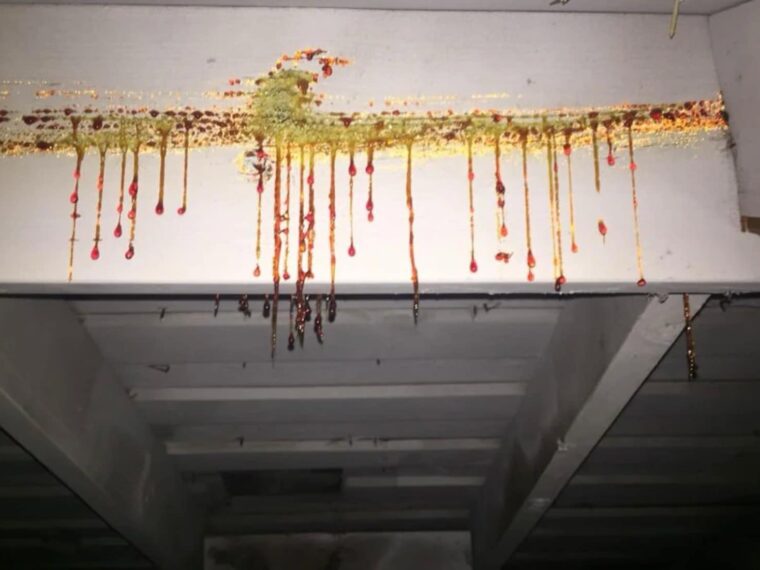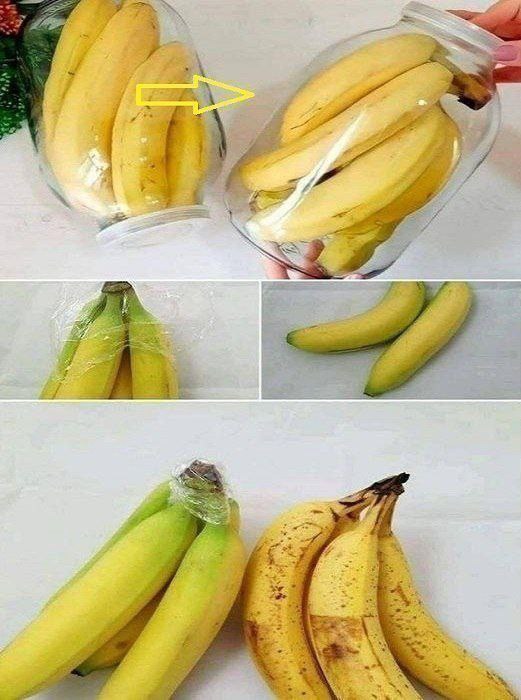If you’ve recently ventured up into your attic and noticed a strange, sticky, amber-like substance slowly dripping from the wooden beams or joists, you might be feeling a mixture of curiosity and concern. Is it leaking sap? Is it some kind of damage? Should you be worried about your home’s structural integrity?
While the gooey, amber-hued drips might look like tree sap at first glance, they’re actually something quite different and fascinating — resin. Understanding what this sticky secret is, why it appears, and what it means for your attic is surprisingly simple once you get to know the basics.
Sap vs Resin: What’s the Difference?
Many homeowners see any sticky, gooey liquid on wood and assume it’s sap. But sap and resin, though related, are very different substances with unique functions in trees and wood products.
Sap is the sugary, watery fluid that flows through the vascular system of a tree, transporting nutrients and sugars produced by photosynthesis. It’s vital for the tree’s life processes, often sticky and cloudy in appearance. When you tap a maple tree in early spring, for example, you’re harvesting sap — that sweet liquid that eventually becomes maple syrup.
Resin, on the other hand, is a thick, viscous substance secreted by certain types of trees, especially conifers like pine, fir, and spruce. It’s usually clear or amber-colored and much stickier than sap. Resin acts as a protective barrier for the tree, sealing wounds, repelling insects, and preventing fungal infections. Unlike sap, resin is not part of the tree’s nutrient transport system; instead, it’s more like a natural defense and repair mechanism.
When you see sticky drips on your attic beams, it’s this resin leaking out — not sap.
Why Is Resin Dripping from Your Attic Beams?
Resin leakage from wooden beams is a common occurrence, particularly in homes built with pine or other softwoods. These woods naturally contain pockets of resin, especially around knots — the areas where branches once grew from the trunk.
Here’s the key: resin remains solid and trapped within the wood fibers under normal conditions. But when temperatures rise — such as during hot summer months when attic temperatures can soar well above outdoor air temperature — the resin softens, becomes liquid, and slowly oozes out of the wood.
Attics are often the hottest spaces in a home. Without proper ventilation or insulation, temperatures can reach upwards of 120°F (49°C) on a sunny summer day, creating the perfect environment for resin to liquefy and drip.
Since the wood in attics is often decades old, this resin leakage can be a slow and ongoing process. It’s not a sudden problem, but a gradual one that may only become visible after many years.
What Does Resin Drip Look Like?
Resin drips are typically amber or golden in color, sometimes almost clear, and they often harden into small, glossy lumps after they cool. On wooden beams, you might see streaks running down from knots or small pools forming on flat surfaces.
In some cases, you might find tiny droplets suspended on the underside of beams or joists. These can feel sticky to the touch and may leave yellowish or brownish stains on insulation or other materials below.
Unlike water leaks, resin drips don’t evaporate or absorb quickly. They tend to harden and stay put, creating those distinctive “tree sap” spots many people notice.
Is Resin Dripping a Sign of Wood Damage or Structural Problems?
Generally, resin dripping from beams is not an indicator of rot, decay, or structural damage. In fact, it often shows that the wood still contains a good deal of natural resin, which can actually help preserve the wood and protect it from insect damage.
However, it’s always wise to inspect your attic for other signs of trouble when you notice resin drips:
- Look for signs of moisture: Resin leaks alone don’t mean water damage, but if you also see mold, mildew, or wood softening, you may have a roof leak or condensation issue that needs addressing.
- Check for wood splitting or cracking: While resin can ooze out of knots, extensive cracking or splintering might indicate aging wood or structural strain.
- Watch for insect activity: Resin helps protect wood from pests, but if you spot sawdust, holes, or tunnels, a pest inspection is a good idea.
In most cases, resin dripping is a natural phenomenon, not a cause for alarm.
Can Resin Dripping Cause Problems?
While resin leakage isn’t usually harmful to your home’s structure, it can be a nuisance:
- Sticky mess: Resin can drip onto insulation, wiring, or stored items, leaving a difficult-to-remove sticky residue.
- Stains: Over time, the amber droplets can stain wood surfaces or materials below, affecting attic cleanliness.
- Fire hazard concerns: Although resin is flammable, it’s typically sealed inside the wood and poses little fire risk. Still, it’s important to maintain proper attic safety standards, such as ensuring electrical wiring is up to code.
In rare cases, excessive resin leaks may indicate that the wood was harvested from particularly resinous trees, or that the beams have been subjected to unusual temperature cycles. If you’re concerned, a professional inspection can provide peace of mind.
How to Manage Resin Leaks in Your Attic
If resin dripping is causing a mess or worry, there are a few steps you can take:
1. Improve Attic Ventilation and Insulation
One of the best ways to reduce resin dripping is to keep attic temperatures lower. Proper ventilation allows hot air to escape, reducing the heat buildup that melts the resin. Adding or upgrading attic insulation can also stabilize temperatures, preventing extreme heat.
2. Seal or Cover Resin Spots
Once resin hardens, it can be carefully scraped off or sealed with clear wood finishes to prevent further drips. Covering affected beams with breathable fabric or protective barriers can keep resin off insulation or stored belongings.
3. Consult a Professional
If resin leakage is heavy or accompanied by other issues like moisture or pests, a home inspector or wood specialist can assess your attic and recommend solutions.
Fun Facts About Resin — Nature’s Sticky Wonder
Before we wrap up, here are some fascinating tidbits about resin that might surprise you:
- Amber’s origins: That beautiful gemstone amber is fossilized tree resin, sometimes tens of millions of years old. Ancient resin trapped insects and plant material, preserving them perfectly through the ages.
- Natural adhesives: Resin is the basis for many natural glues and varnishes. The sticky nature of resin has been harnessed by humans for thousands of years.
- Tree defense system: When trees are injured or attacked by insects, they secrete resin to seal wounds and protect themselves from further harm.
- Modern uses: Synthetic resins are widely used in industries from plastics to coatings — a testament to the natural substance’s versatility.
In Conclusion: Your Attic’s Sticky Secret Is More Interesting Than You Think
Next time you find those sticky amber drips on your attic beams, you won’t need to panic. It’s not a sign of rot or damage but a natural phenomenon that links your home to the living trees from which the wood was harvested decades ago.
Resin dripping is a quiet reminder of nature’s complexity and the long journey wood takes from forest to framework. With a little care to manage attic temperature and cleanliness, this sticky secret won’t cause trouble — just a bit of unexpected attic history dripping quietly from above.





